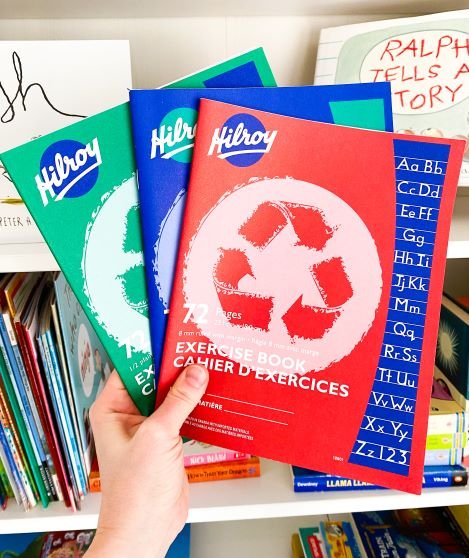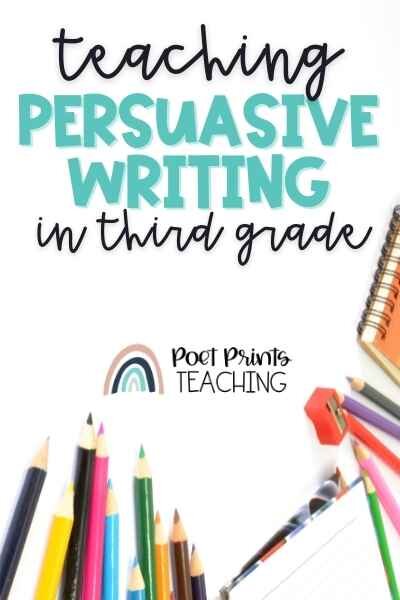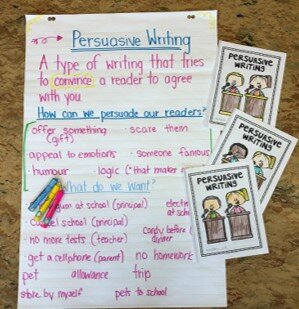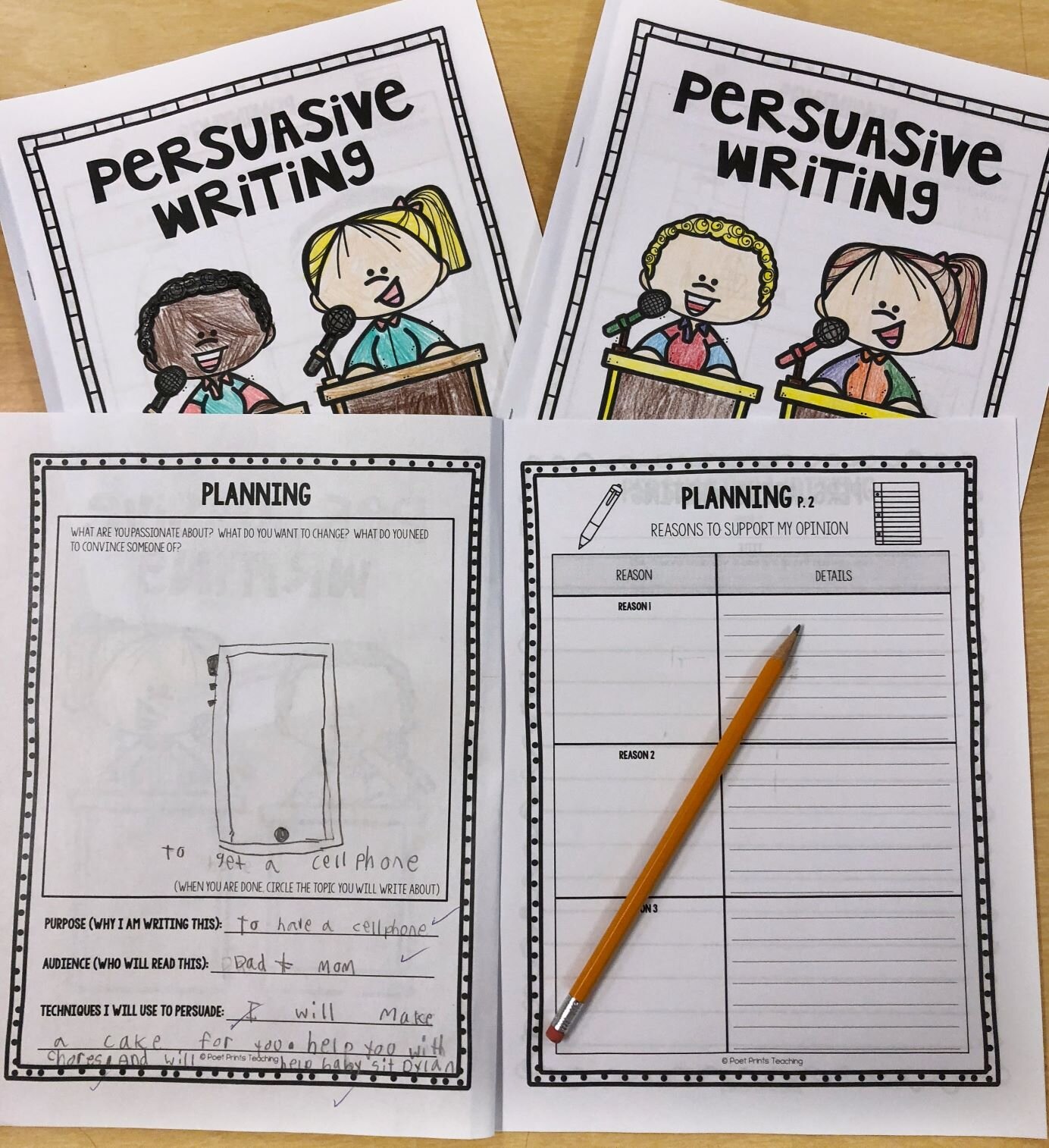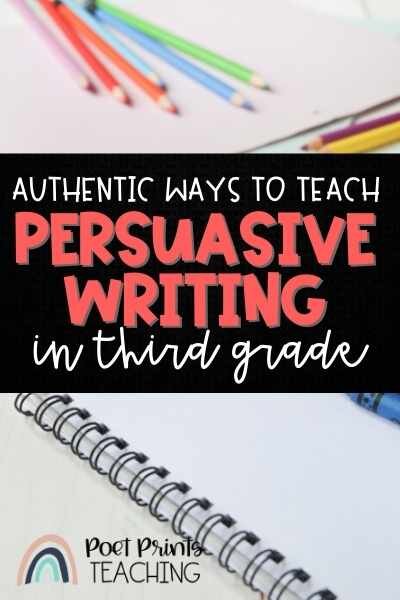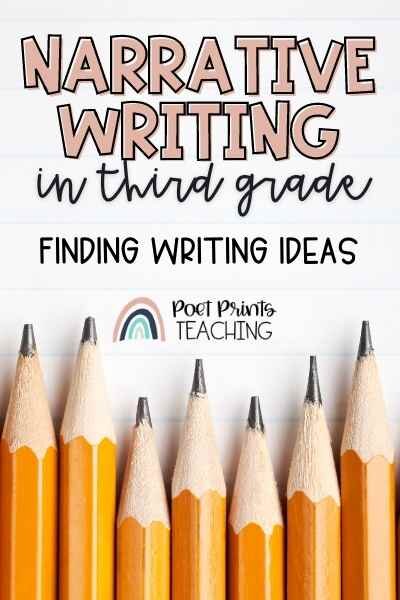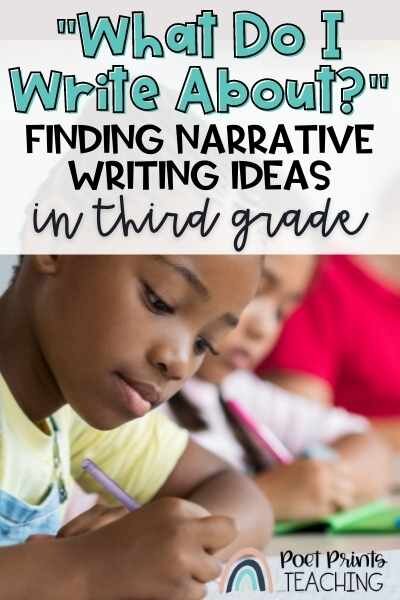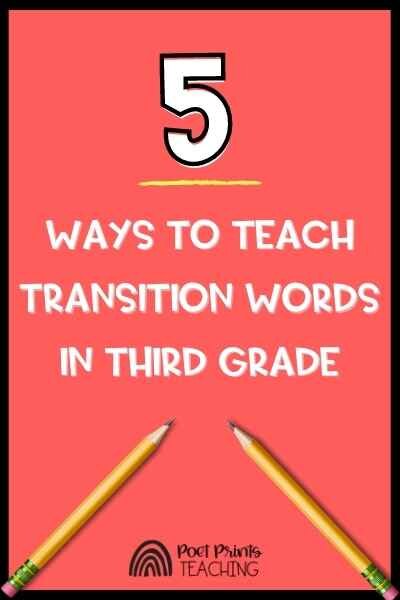Do you have your students write in a personal journal? It’s one of those simple writing exercises that can have such a huge payoff. In 3rd grade we start journal writing in the first weeks of school… but it’s never too late to start. You can grab journals and start them today! It’s such a great way to reflect on your week and have a week-to-week record of your year.
We pull out our journals each and every Friday and use them to reflect on our week. I’ve always just called them ‘Friday Journals’ (it’s not creative… I know).
Why use journals in 3rd grade?
There are a few reasons I LOVE having a weekly reflective journal in third grade…
Over the course of a year, it’s a GREAT record of how much growth students have shown in their writing. You won’t believe the difference between the first and last entries.
It’s an awesome way to reflect on the things you do in class each week. I send the journals home every 6-8 weeks so parents and caregivers can read about what we’re doing in class. They’ll have a bunch of entries, written by their own kids, that tell them what’s going on in class.
They’re amazing relationship builders. I make a point to read each journal before the end of the day on Friday and write a single sentence back. Usually it’s just a follow up question or a statement. I’ve gotten to the point where I can read and write back to 25-30 journals in less than 30 minutes. And students LOVE getting a note back.
They’re GREAT for formative assessment. It’s a good way to assess what you need to cover. While personal journals don’t get a ‘mark’ from me, I quickly read them each week
Do you assess these journals?
As I said briefly above… no, I don’t. There isn’t a ‘score’ or a ‘grade’ for these weekly entries. We have a goal to reflect on our week and build writing stamina. However I do use them as formative assessments as I craft the rest of our writing lessons.
I find that when I take the pressure off (by not assigning a formal grade) these journals become a GREAT place to build stamina and create genuine weekly reflection. Students get less bogged-down on trying to create perfect pieces of writing.
Which journals do you use?
Almost any notebook will work. However, I LOVE these Hilroy notebooks. I’ve flip-flopped between these three. At times, I’ve even differentiated my choice for the different kiddos in my class. (Some like to add a picture, so they get the notebook that’s half lined and also has space for a picture. Other’s don’t love drawing, so they get the one that’s all lines. Some need help with their printing so they get interlined, etc.)
If I need a ‘one size fits all’ journal, I’ll choose the interlined journal that doesn’t have space for a picture. Even in third grade we continue to work on our penmanship, and this journal is great for that.
the journal writing process in 3rd grade
Before sitting down to begin journal writing time, we gather on the carpet to debrief our week. If we skip this step, I can almost guarantee that half of the class will tell me that we “did nothing” all week so they have nothing to write about.
On a large piece of anchor chart paper I will write ‘Our Week’. Then I ask the class to brainstorm ideas of things that happened during the week. (Fire drills, new math concepts learned, the water leak in the classroom sink, school assemblies, etc.) After this, students head to their desks to write about ONE thing from the week. They can choose an item from our brainstorming session OR pick something else from the week that they want to write about.
Finding journal writing ideas
But what do you do if students are still stuck and can’t find an idea?
Even after our group brainstorming session, there are always a handful of students who just can’t seem to find an idea for their journals. Although this usually passes as the year goes on, I always try to have some journal topic strips ready to go. These are great for getting students going who just can’t seem to find an idea.
You can grab my favorite open-ended journal ideas for FREE right here. They’re available as both a printable PDF and a digital version in Google Slides. The button below will take you to where I host the file on Dropbox.




